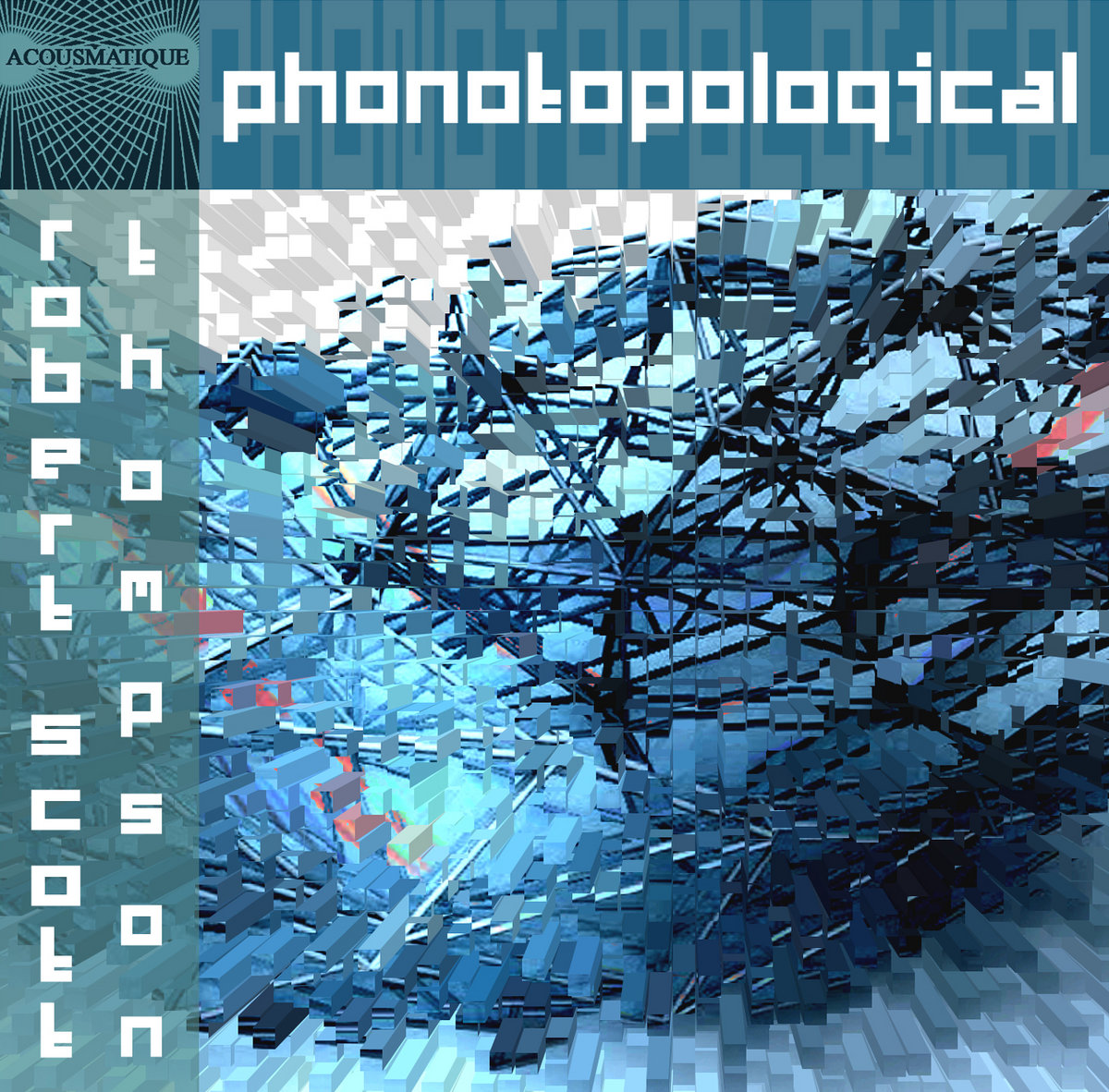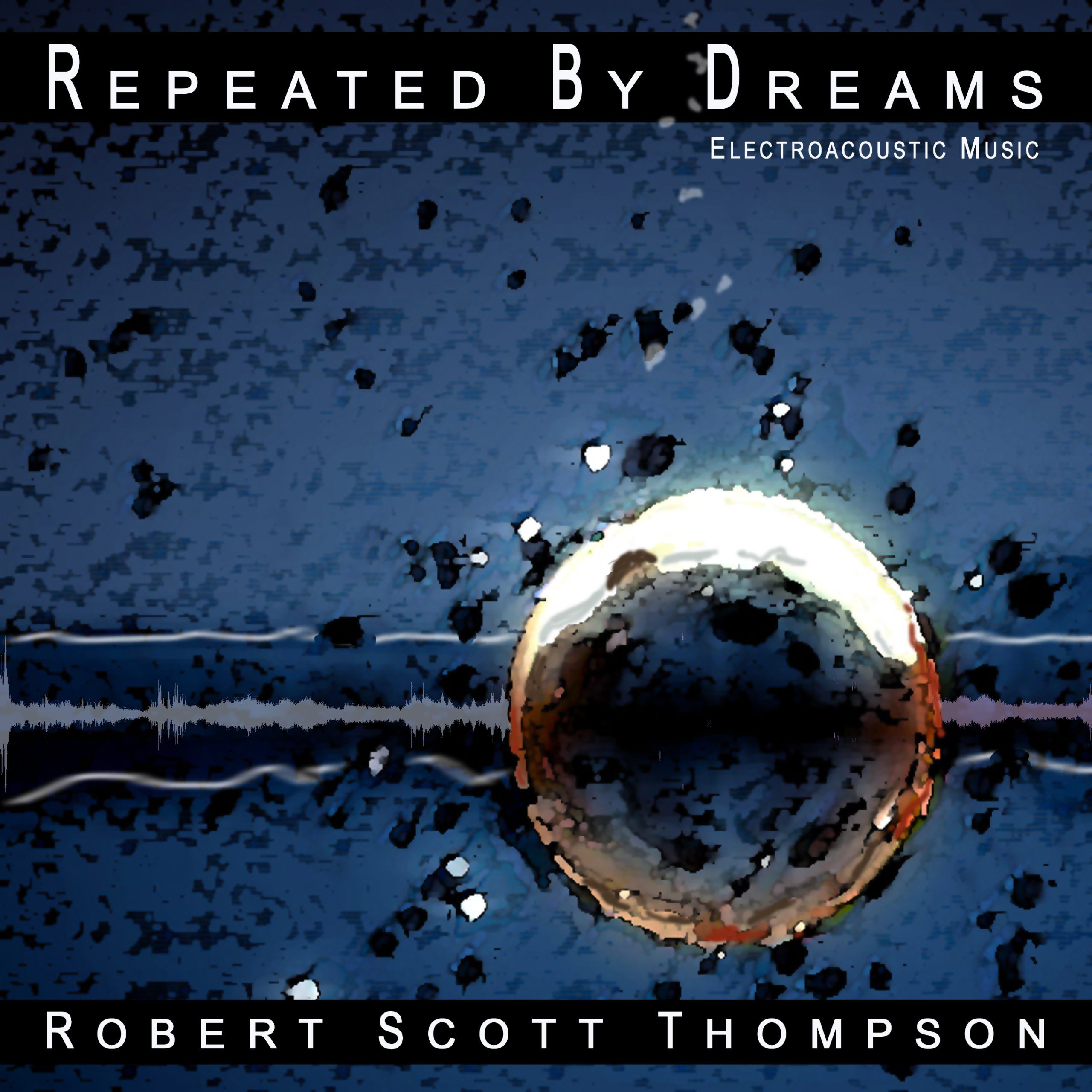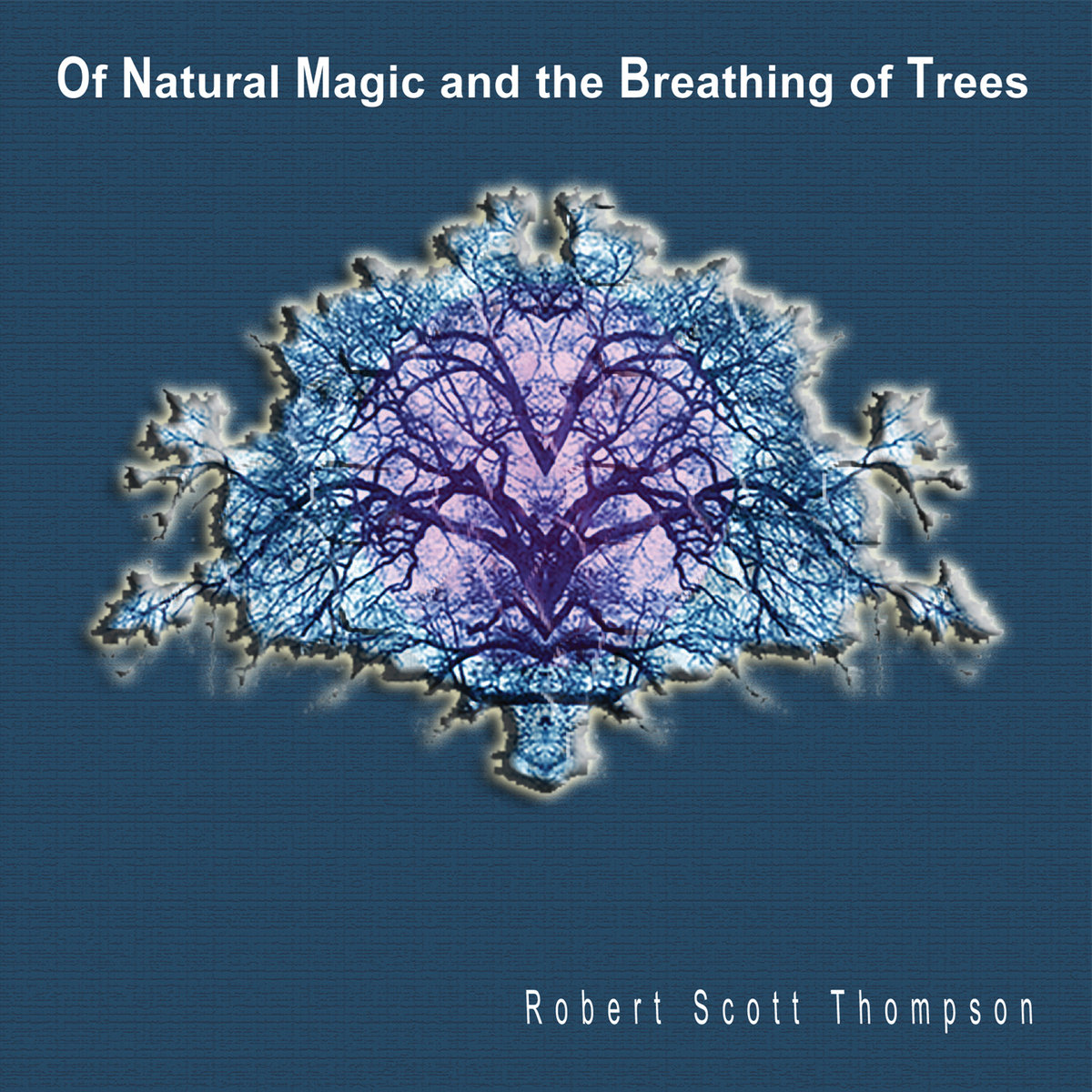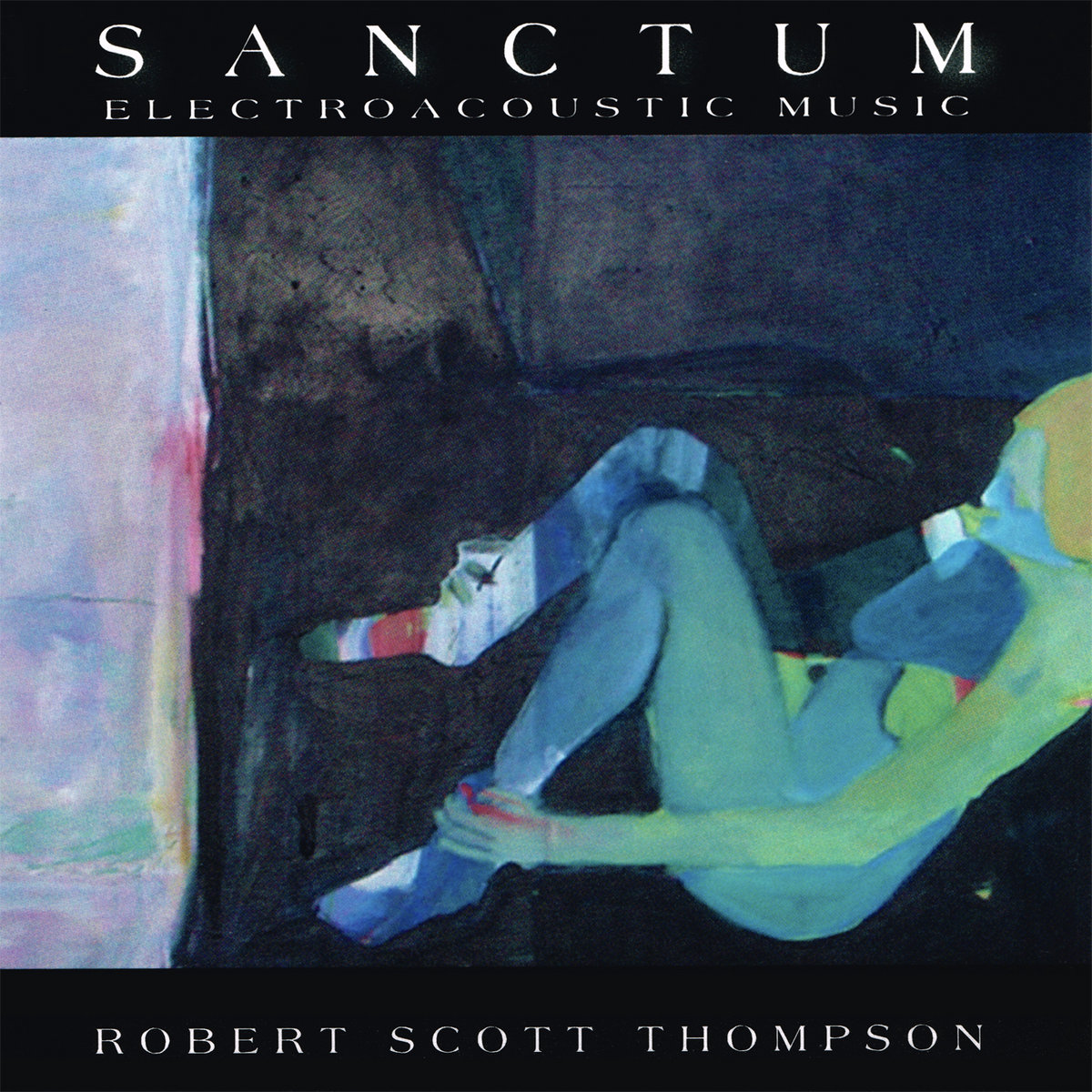The explosion of musical sub-genres and categories in electronica and other current musical styles is fascinating as composers vie for a slice of the musical identity pie. Robert Scott Thompson’s recent work tends toward a synthesis of numerous musical currents such as ambient, pop, and world music styles. His work is listed under the Ambient Music, Computer Music, Alternative Classical, and New-Age/Electronica sections of Aucourant Records’ online catalogue. Most of the music on Mr. Thompson’s Shadow Gazing was produced between 1988 and 1994 while he was in residence at the Computer Audio Research Laboratory (CARL) and the Center for Music Experiment (CME) at the University of California San Diego. Additional work undertaken at the Danish Institute for Electroacoustic Music (DIEM) in Aarhus, Denmark, is also represented here as are the venerable toolboxes of cmusic, Csound, and Max. The early works offered on this 1994 collection provide an insight into the composer’s technical and stylistic origins.
The opening piece, Metanoia, draws upon both intuitive and algorithmic sources for compositional organization. A myriad of acoustic materials, from traditional flutes and strings to a variety of percussion, is joined by directly synthesized timbres to provide the sonic elements for this colorful work. Careful temporal control of timbral evolution, coupled with a sensitive ear for balance between register, density, and choice of sound materials are some of Mr. Thompson’s principal guides at work in this piece. The slowly ebbing waves of color are interrupted from time to time by brittle splashes of rich, metallic outbursts. A foghorn-like climax of trumpeting and wailing forcefully leads the piece back to its instrumental beginnings, now immersed in a twittering of birds and vehicular rumblings.
Timeless Steps is a virtual chamber ensemble work in which synthetic piano, flute, strings, and percussion are transformed and extended. Flurries of angular melodic lines are placed in relief next to considerably leaner solos and duos. A wreath of reverberation hovers over the entire work lending a coherent color and texture. The ‘‘stochastic formulae’’ employed to generate the musical gestures do not always create the most attractive combinations of pitch and timbre, but the composer’s careful control of global design comes to the assistance of the less successful local events.
Two short companion pieces, In the Shade of Brilliant Trees and Snapshot, employ the same sound sources and similar techniques of computer music synthesis. Rapid flourishes of instrumental-like polyphony are gracefully shaped and focused by both dynamic and timbral means in the first piece while a plodding low string and flute framework anchors a voice and synthesized string duo in the second. Their singular preoccupations and similarity to several of the longer works on the disc lend them an etude-like air.
The title track, Shadow Gazing, returns the listener to Mr. Thompson’s ambient style of computer music composition. The continuously evolving ‘‘fusion of timbre and texture’’ of this extensive three-part work emulates in sound ‘‘the Native American concept of ‘shadow gazing’ wherein a practitioner watches the slow evolution of shadows cast in order to penetrate the nature of existence and see into the future.’’ The opening section of long voice-like melodic fragments supported by a backdrop of cascading iterative gestures gives way to a rich texture of sustained crystalline tones and vibrant rushes of sound. Mr. Thompson is obviously in a favored clime here, his careful attention to details of timbral mixing and balance producing a shimmering, entrancing sonic environment.
RuST is a musique concrète combination of transformed acoustic materials, additive synthesis, filtered noise, ring modulation, and cross-synthesis. Garrulous interchanges of richly contrasting sound materials and granular-like textures are sewn together by a variety of drones and chants.
The second longest work on the disc, Soul Rejoinder, revisits some of the characteristics of Metanoia and Shadow Gazing in its combination of transformed acoustic instruments and voices with slowly evolving synthetic webs of sound. The vast soundscape of Soul Rejoinder is a powerful characteristic of Mr. Thompson’s more extended frescoes. A diverse palette of sounds co-exist without necessarily vying aggressively for particular attention, but rather inviting the listener to move and explore amid a grand and endless sonic space.
Although representative of early experiments and studies with computer composition, many of these works already indicate Robert Scott Thompson as a composer with a masterful ear for structural proportion as well as a host of promising stylistic inclinations and technical approaches to sonic design. Shadow Gazing is an excellent starting point to discover and place in context his current musical activities.
Reviewed by Laurie Radford
Computer Music Journal, Volume 26, Number 4, Winter 2002, pp.106-108 (Review)
Published by The MIT Press







Reviews